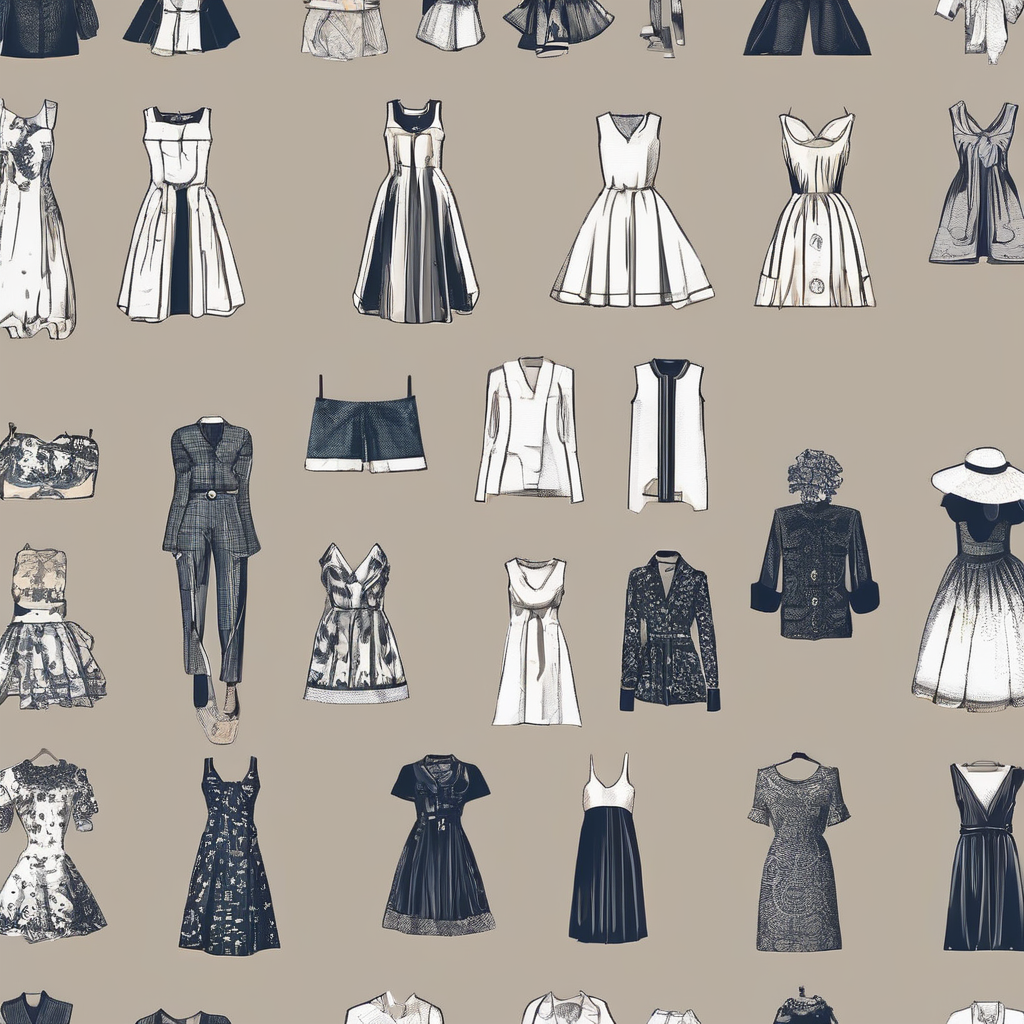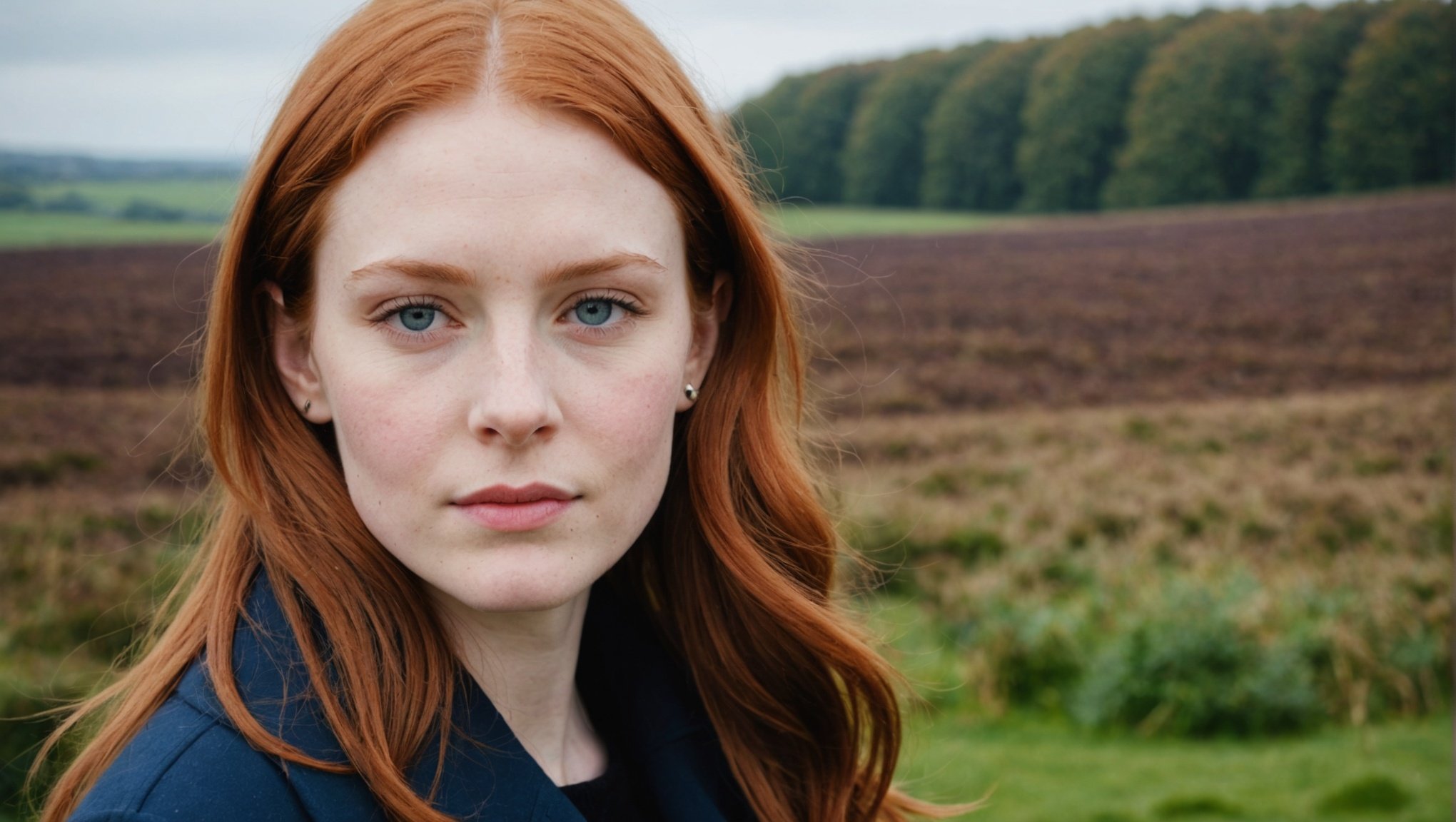As aspiring photographers, you know that every light condition brings its unique challenges and opportunities. Sunlight, cloud cover, time of day, and even the colour of your subject’s skin can dramatically change how your camera’s sensor interprets the light scene. One common challenge for photographers in the UK is how to make pale skin tones pop on a cloudy day.
Contrary to popular belief, divining the right balance between light, skin tone, and colour doesn’t require conjuring up the sun or an artificial studio setup. Instead, it thrives on understanding how light interacts with different skin tones and how to use your camera settings to your advantage.
Also read : How to Pair Vintage Jewellery with Modern Outfits for a UK Gala Event?
Making the Most of Natural Light on a Cloudy Day
Cloudy days pose a unique challenge. The sun’s light is defused, leading to softer shadows and less contrast between light and dark areas. While this might seem like a disadvantage, it can work in your favour when shooting portraits. The cloud cover acts like a giant softbox, evenly distributing light and reducing harsh shadows.
When shooting on a cloudy day, you should consider the ‘exposure triangle’ – aperture, shutter speed, and ISO. If the clouds are thick and the day is dark, you may need to increase your ISO or decrease your shutter speed to allow more light into your camera. However, be careful not to go too far and blow out your image.
Also read : Discover the latest diesel shirts for women: style meets comfort
Remember, your camera’s light meter measures everything in terms of middle grey. Consequently, it might underexpose an image on a cloudy day, rendering your subject’s skin too dark. To combat this, try overexposing your image slightly. Your camera’s ‘Exposure Compensation’ function will help you do this, allowing you to brighten your image without changing your aperture or shutter speed.
Choosing the Right Colour Balance
As you may know, different light sources emit different colours. The sun at noon, for example, emits a cool, blue light, while a sunset will bathe everything in warm, golden hues. On a cloudy day, the light tends to be neutral to cool.
Your camera’s ‘White Balance’ setting lets you adjust how your camera perceives the colour of light. On a cloudy day, you might be tempted to use the ‘Cloudy’ preset, which warms up the image to compensate for the cool light.
However, when photographing subjects with pale skin, a warmer white balance can make their skin look unnaturally orange or pink. Instead, try setting your white balance to ‘Daylight’ or manually adjusting your Kelvin temperature until you find a balance that enhances your subject’s skin without making it look artificial.
Selecting Colours that Complement Pale Skin
Colour plays a significant role in how your subject’s skin looks in an image. Certain colours can enhance pale skin, making it look more vibrant and less washed out, while others can make it look dull or sickly.
Generally, colours on the cooler end of the spectrum – blues, purples, and greens – are flattering for pale skin. These colours contrast with the natural pinkish hue of pale skin, making it stand out and appear more vibrant. Avoid bright reds and oranges, as they can make pale skin look flushed or sunburnt.
Remember, these are not hard and fast rules, but guidelines to get you started. Each person’s skin is unique and will react differently to different colours. Experiment with different colour combinations until you find what works best for your subject.
Understanding Your Camera’s EOS System
For Canon users, your EOS camera system has a few tools that can help you capture stunning portraits on a cloudy day.
The EOS system’s ‘Highlight Tone Priority’ function helps retain detail in bright areas of your image. This is particularly useful on a cloudy day when the light is evenly distributed, and there are fewer shadows to provide contrast.
The ‘Auto Lighting Optimizer’ function can also be helpful. It automatically adjusts the brightness and contrast of your image, which can be useful when the light is flat and lacks contrast, like on a cloudy day.
Tan: Friend or Foe?
Finally, we need to discuss tanning. A common belief is that a tan will make pale skin look healthier and more vibrant. However, a tan can be more problematic than helpful when photographing pale skin.
Firstly, a tan can alter the natural colour balance of the skin, making it harder to find a white balance setting that works. It can also make the skin look patchy, particularly if the tan is uneven or starting to fade.
Moreover, remember that the sun can be harmful to the skin. Even when it’s cloudy, up to 80% of the sun’s harmful UV rays can penetrate your skin. If your subjects will be outside for an extended period, remind them to apply sunscreen, even on a cloudy day.
To make the most out of your photography, it’s about understanding the natural elements around you and how they influence your image. With these tips in mind, you’re now better equipped to enhance pale skin tones in the cloudy UK weather, bringing out the best in your subjects despite the challenging conditions.
Mastering the Golden Hour for Pale Skin Tones
Any photographers worth their salt will sing praises of the ‘Golden Hour’—the short period just after sunrise or before sunset, where the light takes on a warm, soft quality. This time period is a jackpot for photographers, providing a natural filter that enhances all skin types, including pale skin.
During the golden hour, the sunlight is diffused and indirect, leading to less contrast and softer shadows. Consequently, the skin appears more evenly lit, reducing the appearance of imperfections and blemishes. This can be particularly helpful when photographing subjects with pale skin, which can often look washed out or overly bright in harsh light.
The golden hour also casts a warm, golden hue on everything, which can further enhance the natural colour of pale skin. It can add a healthy glow without making the skin look unnaturally orange or pink, as long as you use your white balance settings correctly.
Remember that the golden hour doesn’t last long, so you need to plan your shoot carefully. Use an app or website to find out the exact time of the golden hour in your location, and make sure your subject is ready and in position before it starts.
Even during the golden hour, though, don’t forget about sun exposure. Even though the sun is low in the sky, it can still cause skin damage. Remind your subject to apply sunscreen to protect their skin, even if it’s cloudy or the sun doesn’t seem strong.
The Importance of Proper Skin Care for Pale Skin Tones
When photographing subjects with pale skin, it’s also important to discuss the importance of proper skin care. This is especially crucial in the UK, where the climate can be harsh and unpredictable.
Dry, flaky skin can affect how light reflects off the skin, making it appear dull and lifeless in photos. To prevent this, encourage your subjects to moisturize regularly, especially on the day of the shoot.
Similarly, remind your subjects to protect their skin from sun exposure, even on cloudy days. Up to 80% of the sun’s harmful UV rays can penetrate clouds, leading to premature ageing and increasing the risk of skin cancer.
If your subject has a tan, whether natural or artificial, be mindful of how it can alter their skin’s natural colour balance. A tan can make pale skin look unnaturally orange or pink, and it can also make the skin look patchy, especially if it’s uneven or fading.
Good skin care is crucial for achieving great photos, but it’s also important for your subject’s well-being. By encouraging proper skin care, you’re not just helping your subjects look their best—you’re also helping them stay healthy.
Conclusion
Achieving fantastic portraits of subjects with pale skin in the UK’s cloudy weather can be challenging. However, with a good understanding of natural light, white balance, and colour theory, you can use these conditions to your advantage.
Remember to take advantage of the golden hour, adjust your camera’s settings to match the lighting conditions, and select colours that complement your subject’s skin tone. Don’t forget about the importance of proper skin care and sun protection, too.
With these tips in mind, you can capture stunning portraits of subjects with pale skin, regardless of the weather. Whether you’re a novice or an experienced professional, understanding how to work with different skin tones and light conditions is an essential part of your journey as a photographer. The cloud cover might be dreary, but your photos certainly don’t have to be.











